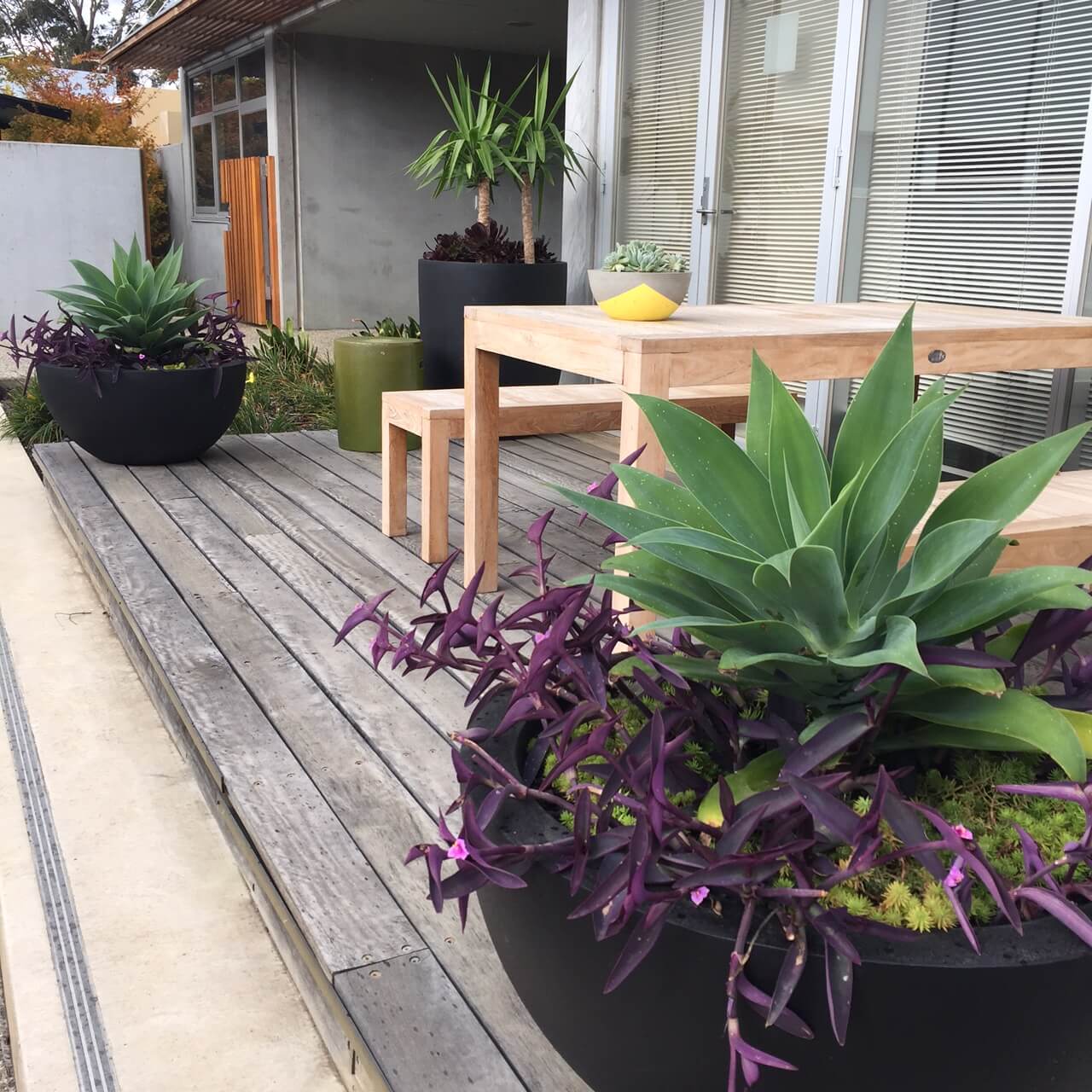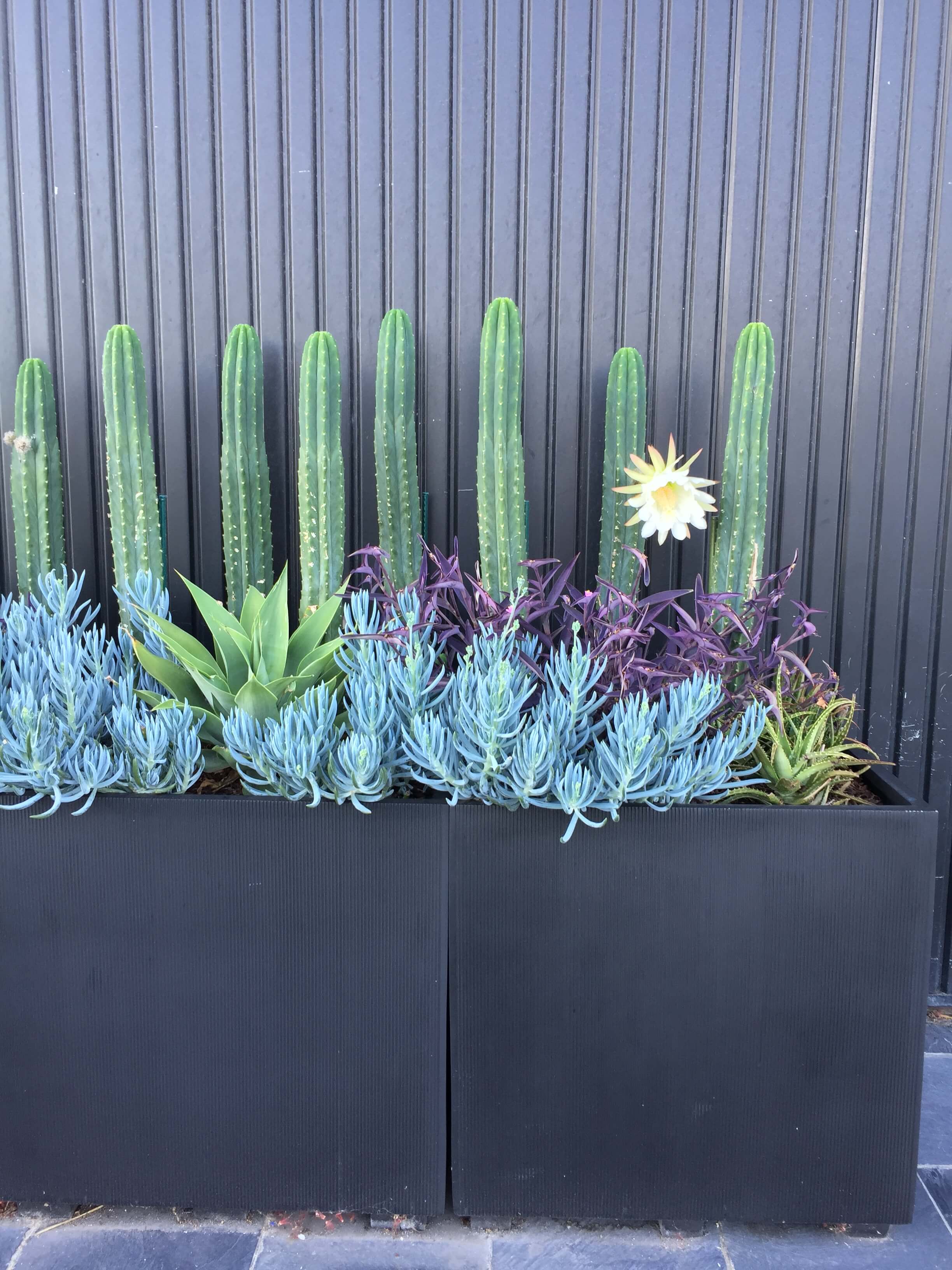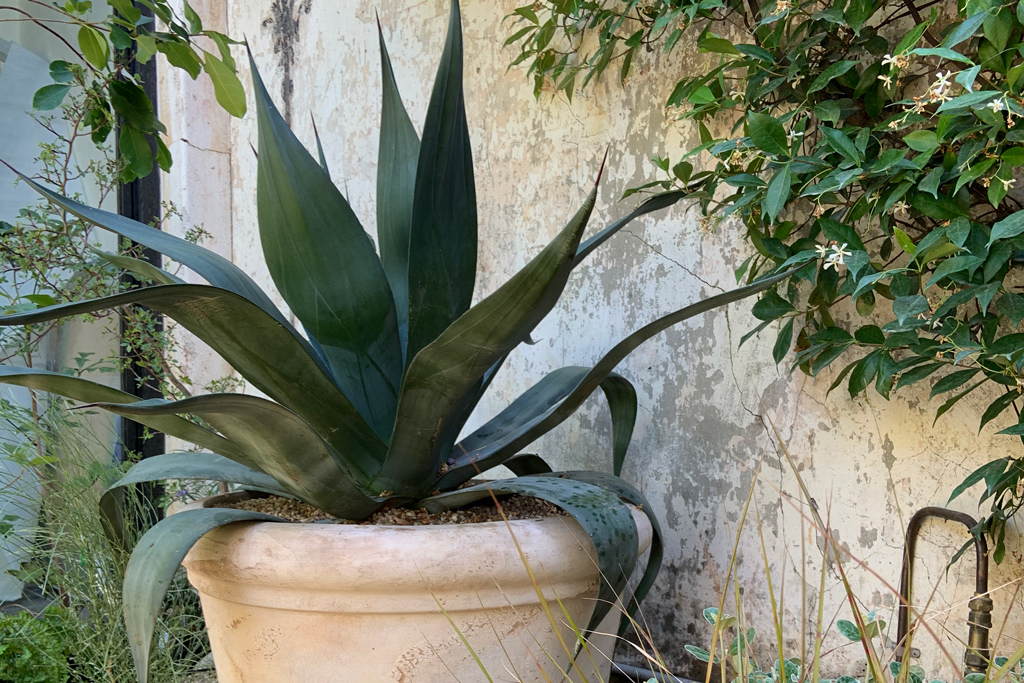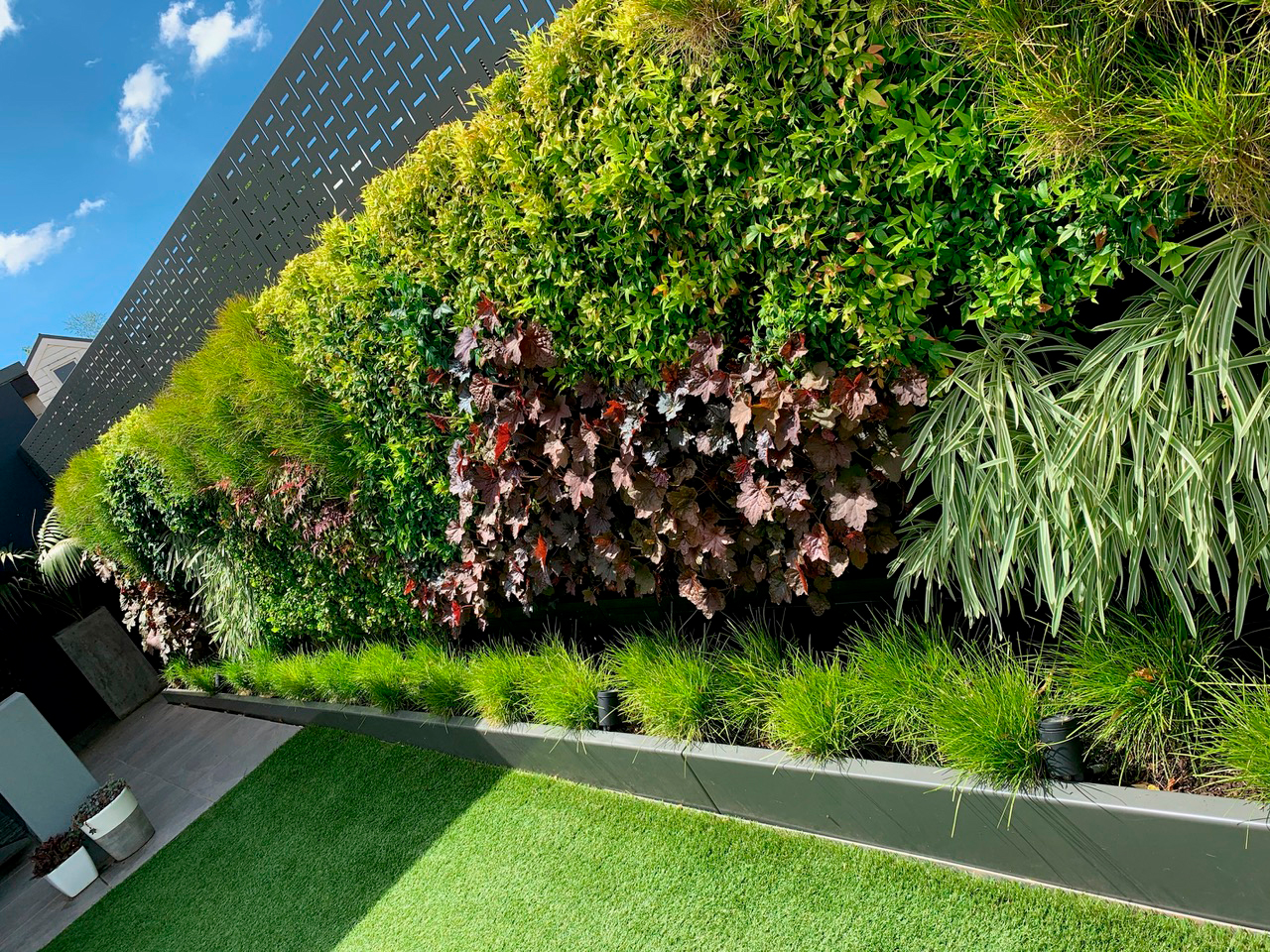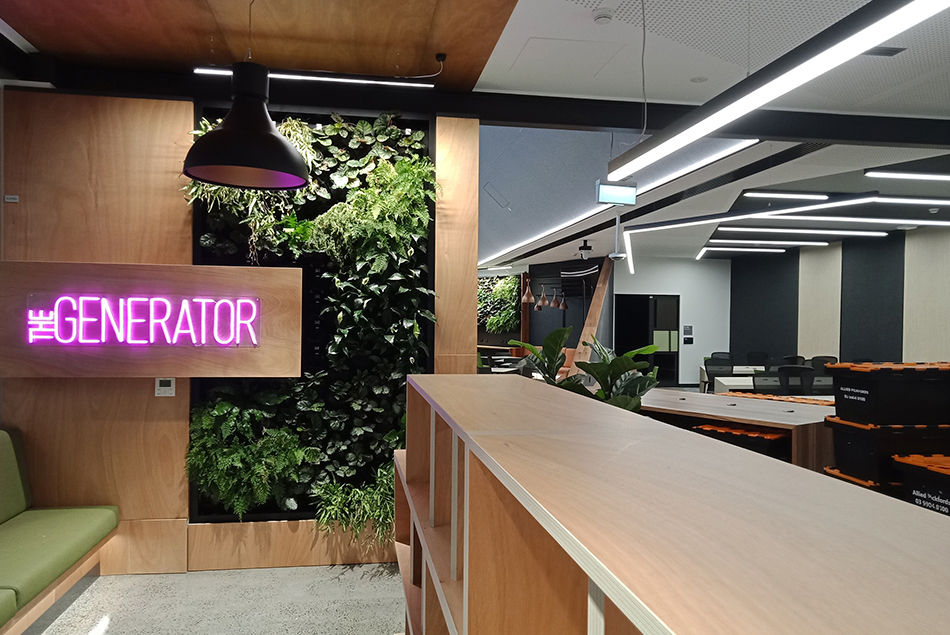At Austin Health, gardens and greenery are on the agenda to enhance patient and staff wellbeing. A dedicated Gardens and Grounds Project aims to integrate plants in and around the hospital's three Melbourne campuses for their therapeutic benefits.
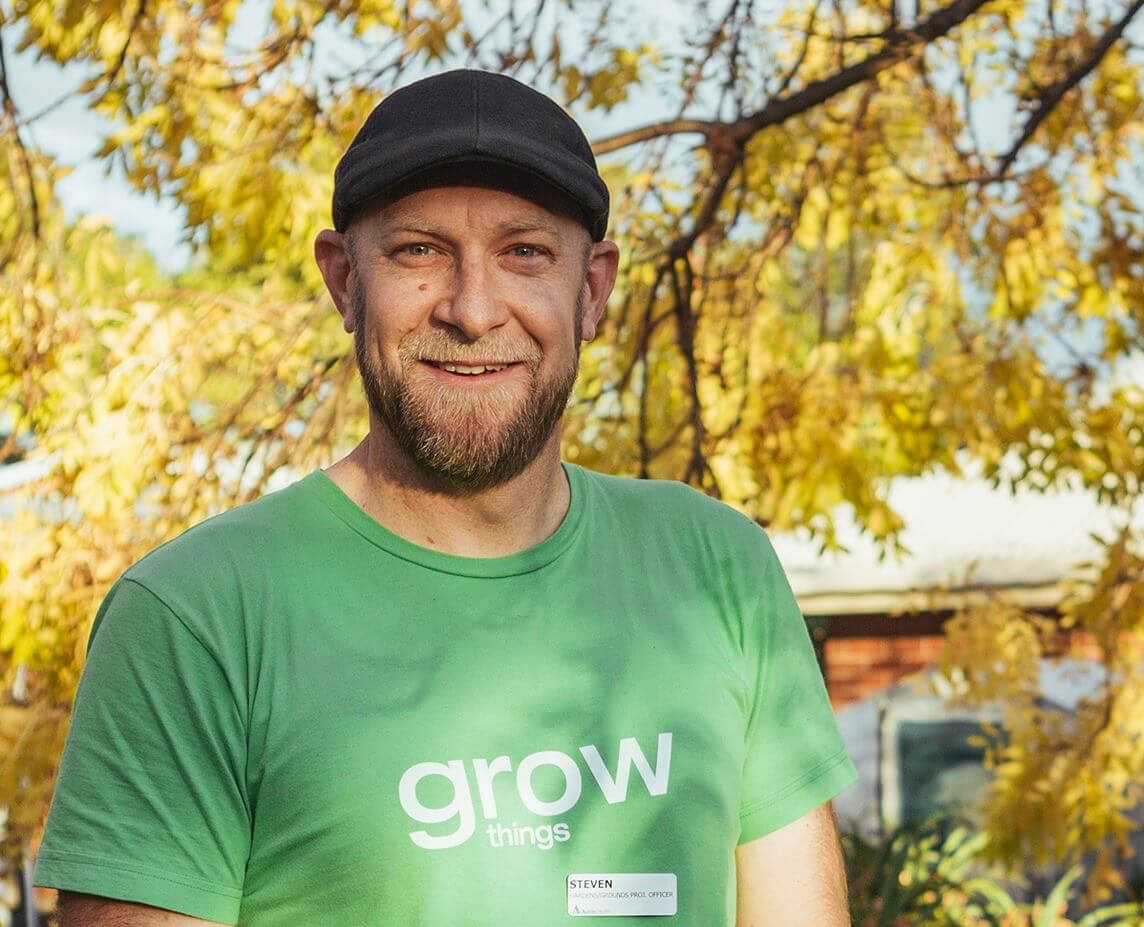
Steven Wells (Gardens and Grounds Project at Austin Health)
What sparked your career in landscape design?
I was working as a nurse but decided I wanted to pursue studies in horticulture to further my personal interest in gardening, but to also become a garden designer.
What fuels your creative process?
Interestingly it is two opposing experiences that I find get my creative juices flowing: exploring and spending time relaxing in my own garden.
When Im out exploring out of my normal routine seeing other peoples gardens and public garden spaces opens my awareness and stimulates creativity. I'm often inspired by others creativity when it comes to design, plant selections and combinations.
Likewise, when I take the time to stop, sit and immerse myself in my own garden, my brain filters the daily clutter and I find that creative ideas emerge.
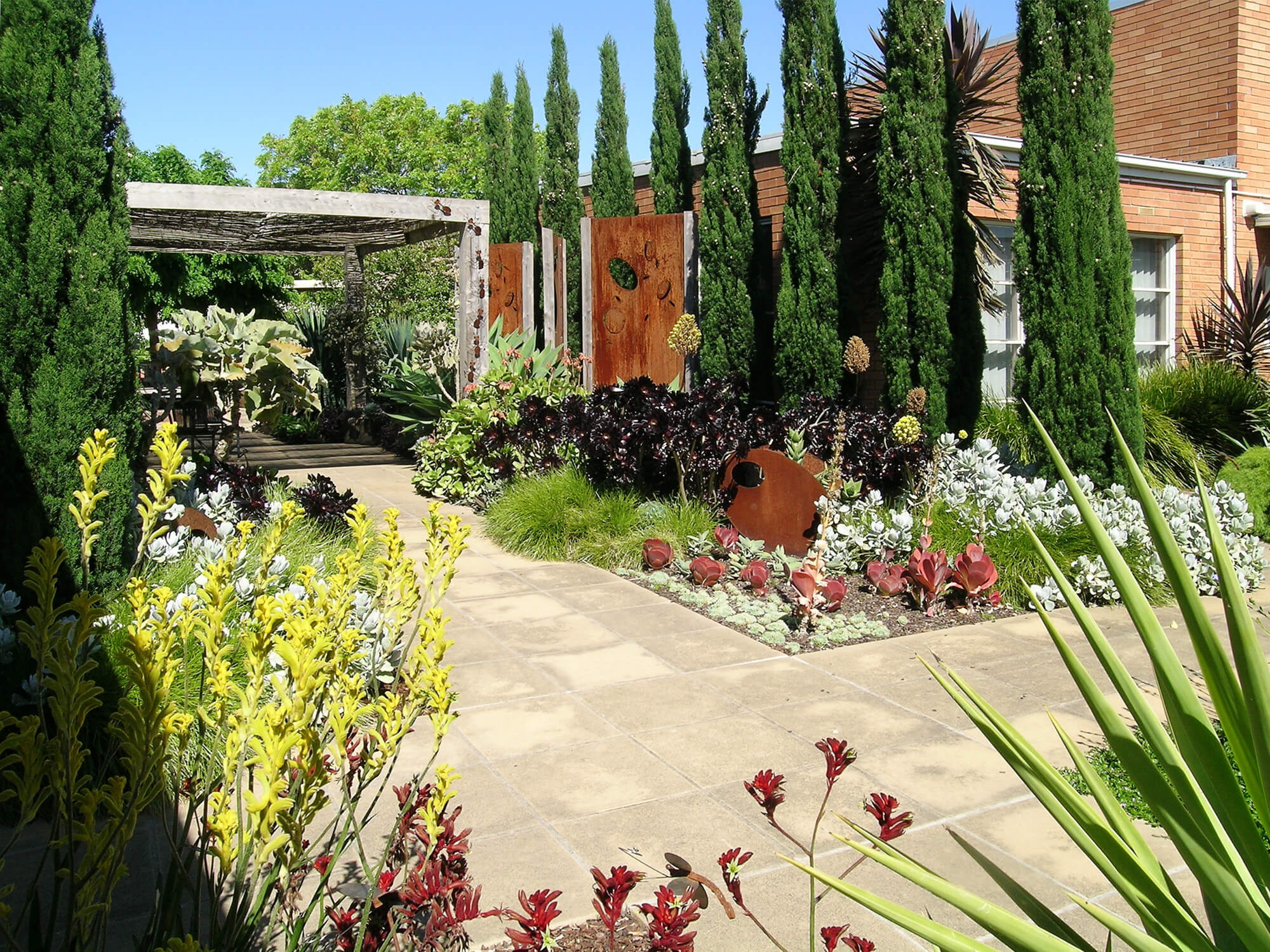
Can you tell us about a design project thats particularly noteworthy or challenging?
Ive just finished the planting for our Wheelchair Skills Course. The space is designed with various real-life inclusions such as steps, curbs, cambers in paths and pathway dips. Its used by physiotherapists with people who are now in wheelchairs and need to learn to use their wheels to gain skills and independence. Australian native plants were used in this space.
Im also working on a new garden for our general rehabilitation ward that will bring colour, vibrancy and a totally different feel for our patients as they recover. It will include blocks of seasonal flower and foliage colour as people move through various walled spaces. Patients staying in bedrooms will have a lovely outlook to this new garden.
Another interesting project is the Jessie Mary Vasey Labyrinth at our Heidelberg Repatriation Hospital. Designed and constructed by artist Simon Normand, this was the first labyrinth built in a Victorian hospital (see https://gardendrum.com/2015/01/08/a-healing-hospital-labyrinth/).
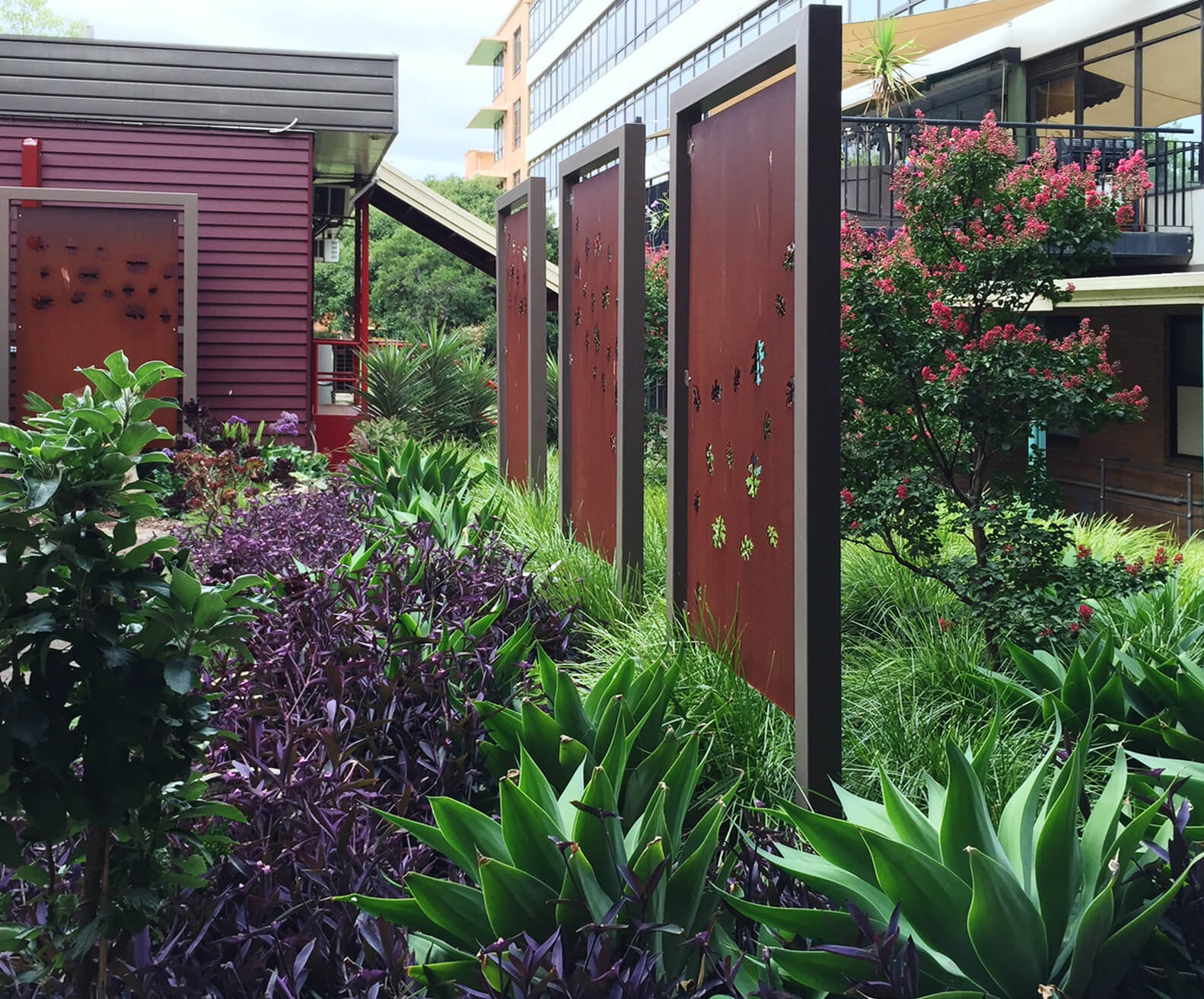
What makes designing for healthcare settings different from other commercial or private garden design?
Our clients people admitted to hospitals all have different needs and complexities. Health care spaces must be designed to cater for these needs, including outdoor spaces.
Maintenance and management are vital in understanding appropriate materials and plants that will ensure gardens are sustainable and fit for purpose.
Around hospital buildings, sites can be challenging to landscape; some at ground level, others on rooftops or balconies. A successful design is the realisation of creativity flexibility.
Describe your design process. Is it client led, or do you endeavour to include your own style?
The primary focus for healthcare garden design is: How will this impact clients, patients and staff? My role is then to bring my knowledge, skills and creativity to the design process to achieve the desired result.
Do you have favourite go-to plants?
Succulents tend to be a favourite of mine for various reasons. Theyre lower maintenance but give high impact with great colour, foliage, flowering and structural qualities. However, Im probably focussed on plants that work on many fronts so succulents, natives and exotics are often used in our projects.
While were on favourites, do you have a favourite Martin Kellock Pots and Planters pot?
Ive really enjoyed used the lightweight pot ranges. They give me the chance to use larger pots that have a big impact and yet are relatively manoeuvrable if we need to relocate them. I recently used the 70cm Topline Black Cube planter en masse (23) at one of our hospital entries. Planted with succulents theyre looking great and getting a very positive response from staff and patients.

